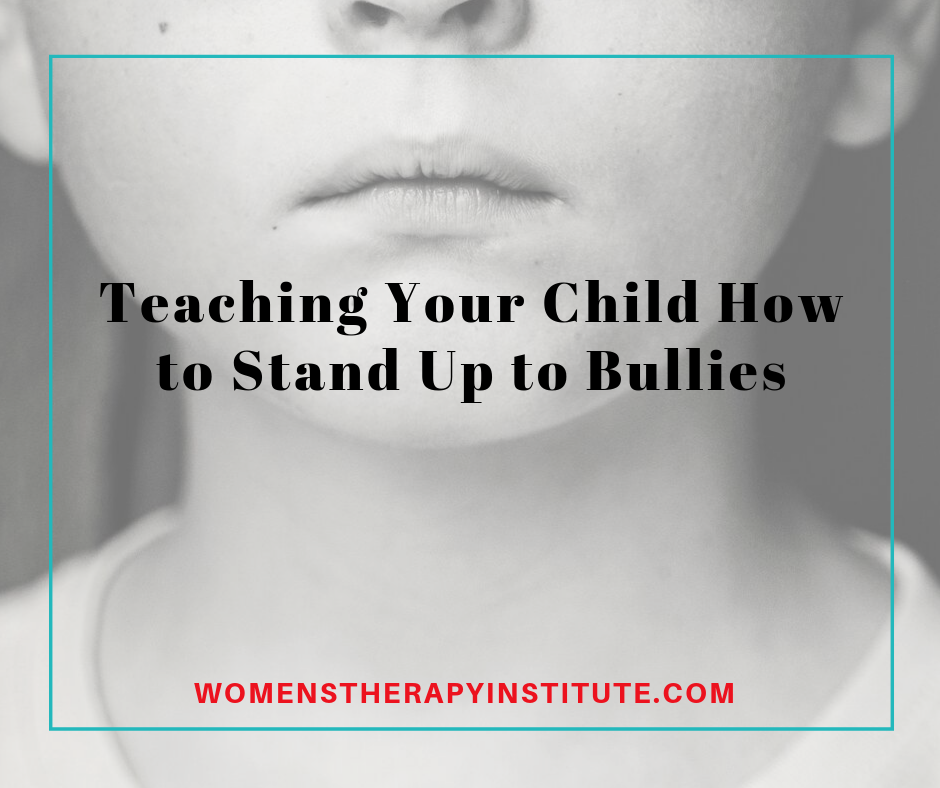
Teach Your Child How to Stand Up to Bullies
A friend recently came to me and told me that her son had come home from school and told her about a child at lunch who had spit on his sandwich. My friend, his parent, was hurt and shaken by this news. She wanted to help her child but didn’t know exactly how to approach the situation. Helping a child to deal with a bully can be difficult. You want your child to stand up for themselves but not in a way that will make things worse.
Her situation made me think about the things we can teach our children when it comes to bullies.
Here are 6 tips to teach your child:
1.) Keep Other Relationships Strong — Bullies gain power when their victims feel alone and powerless. Make sure your child maintains strong connections with others. They can be his friends, family members, coaches, people they can go to when they feel bullied.
2.) Re-Define Tattling — We are always telling our children to not be tattlers. We don’t want them to tell on little things or be the kid who is always running to an adult when they can handle the problem on their own. When my friend asked her son if he told an adult at the lunchroom about the spitting, he said: “no, I didn’t want to tattle.” My friend then explained to her son that this was a serious thing and it needed to be recognized. Children don’t always know what is serious and what is not. This makes bullies gain power by having their victims stay quiet. Tell your child it is ok, and encourage them to reach out to an adult when there is a problem with another child.
3.) Act Quickly — Don’t sit on this information for days or weeks pondering how to handle it. Make sure your child knows they can come to you and seek out an adult at school as soon as the bullying happens. The longer things drag out, the more damage can be done.
4.)Teach Assertiveness— Passive responses like moving to another part of the room, or walking away just encourage a bully more. Assertive responses like a strong comeback or a non-emotional stare are much more powerful. They teach a bully not to mess with your kid. Set your child up with a few verbal responses they can give when someone says something mean to them.
5.) Use Body Language — Verbal responses only go so far if your child is hiding behind their coat or hair when saying it, or crying through their words. This stuff is hard but your child needs to try to fake it for a few minutes. Showing emotion tells the bully they are getting to your child, which only encourages them. Body language needs to be strong to accompany the response. Actions like making eye contact, keeping calm, staying at an appropriate distance, and using the bully’s name can all have a powerful impact.
It is hard to teach your child that they have to put on a strong face when all they want to do is tear up and run to the bathroom. But these skills will help them in life as they continue to face difficult situations. Let them know it is ok to cry and express that emotion to a trusted friend or adult after they leave the bully. YOU can read more about how to stand up to bullies in this book,’ I Can Stand Up to Bullies’. Or, you may seek help from a licensed counselor who can also help with coping and managing situations.
